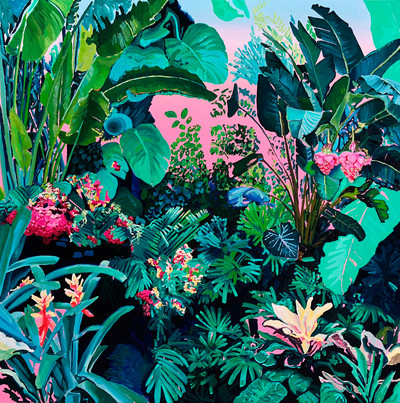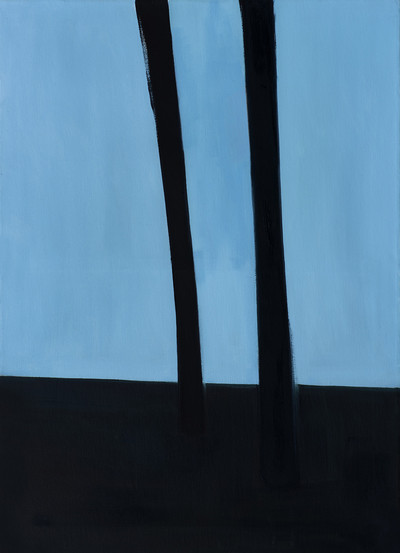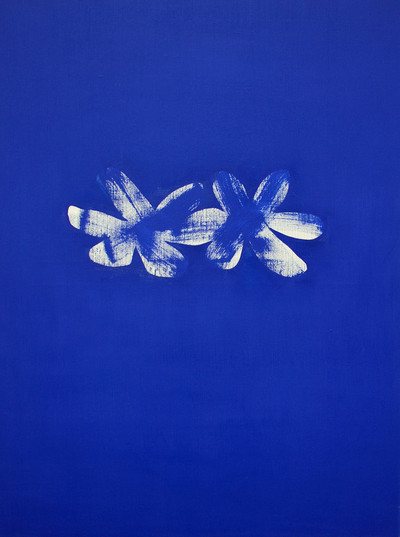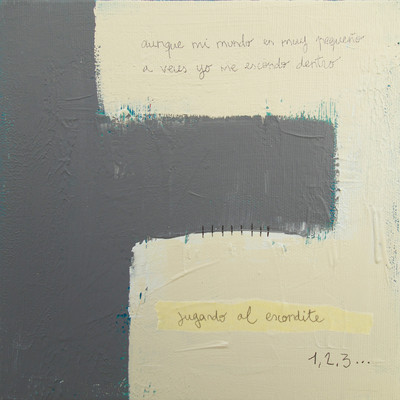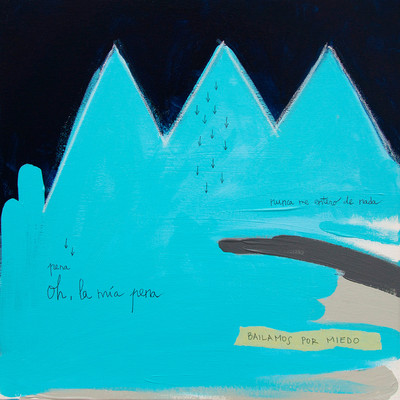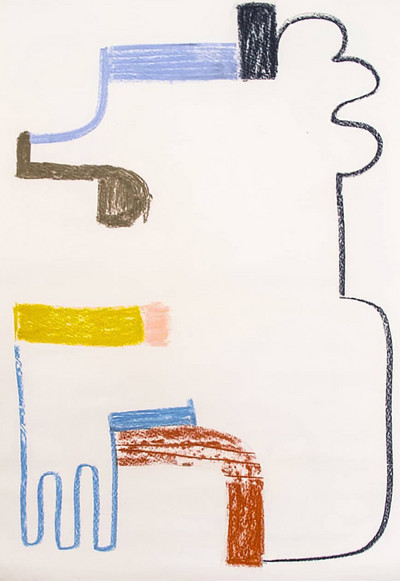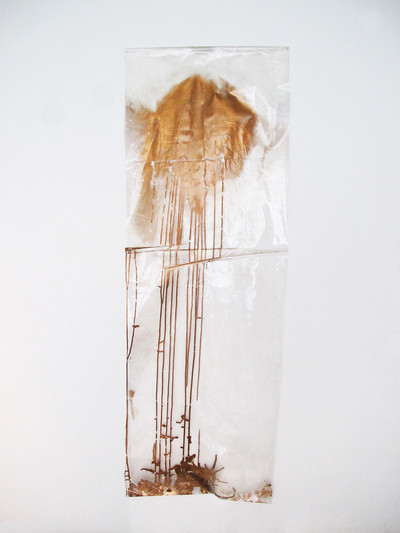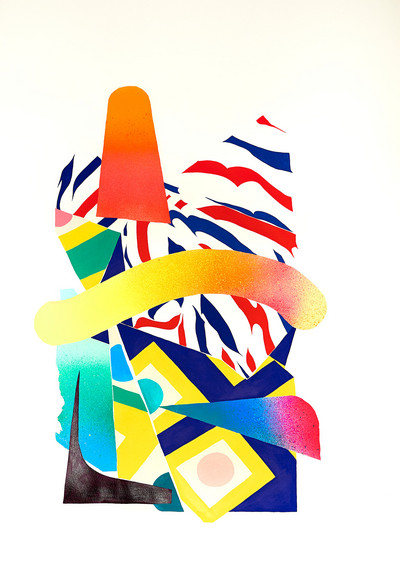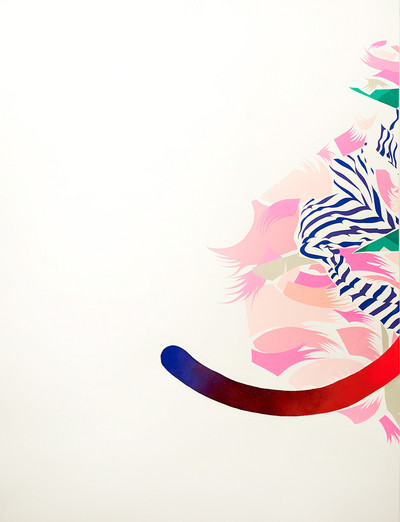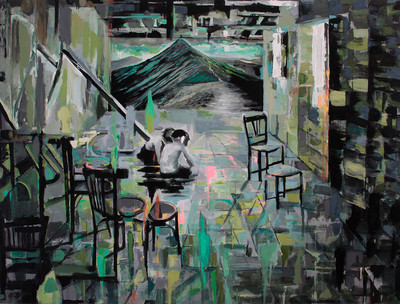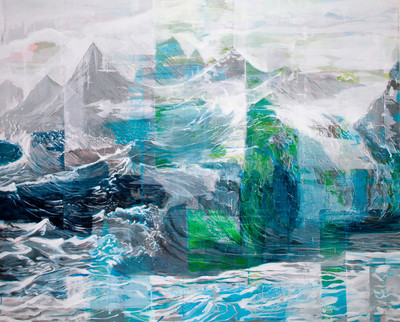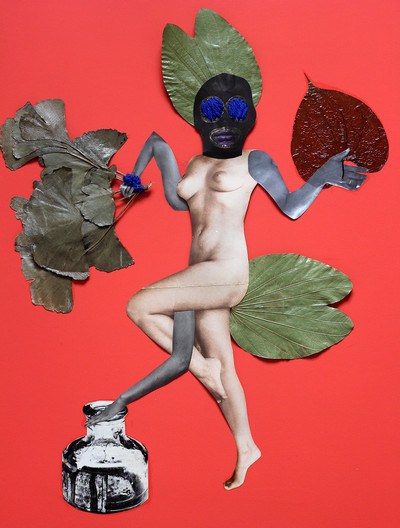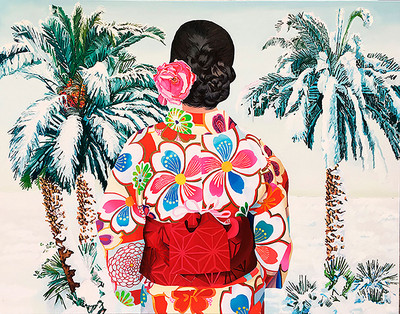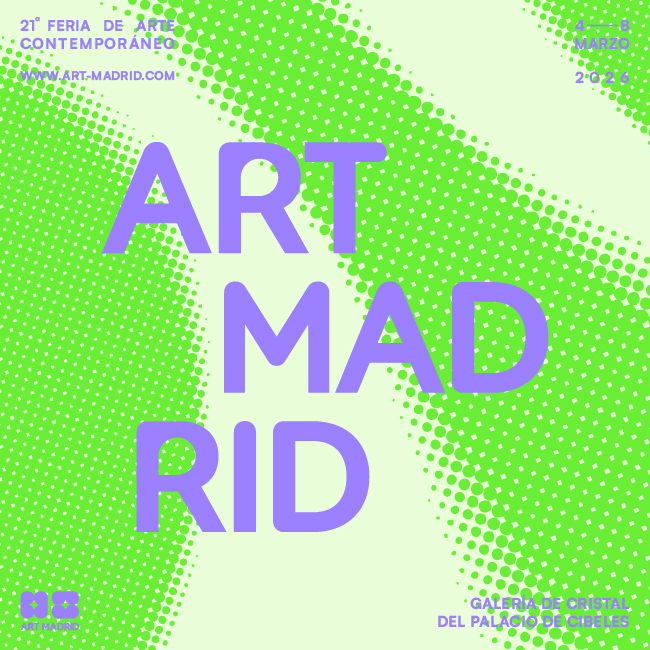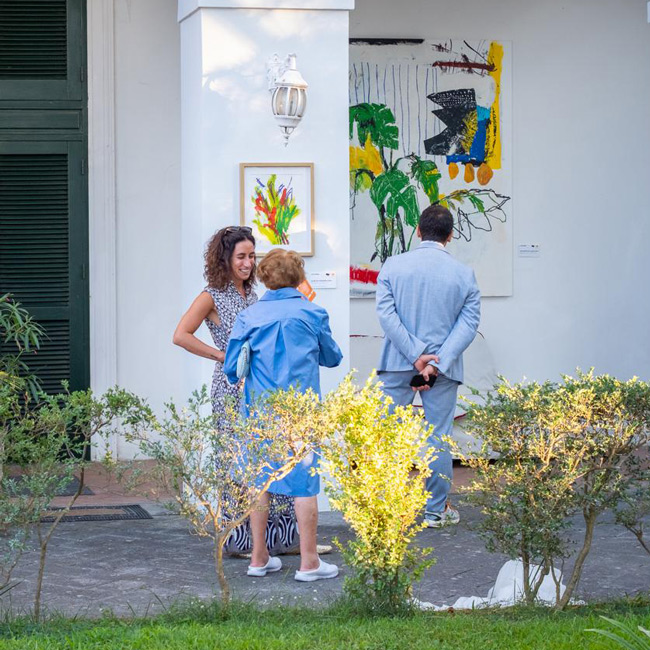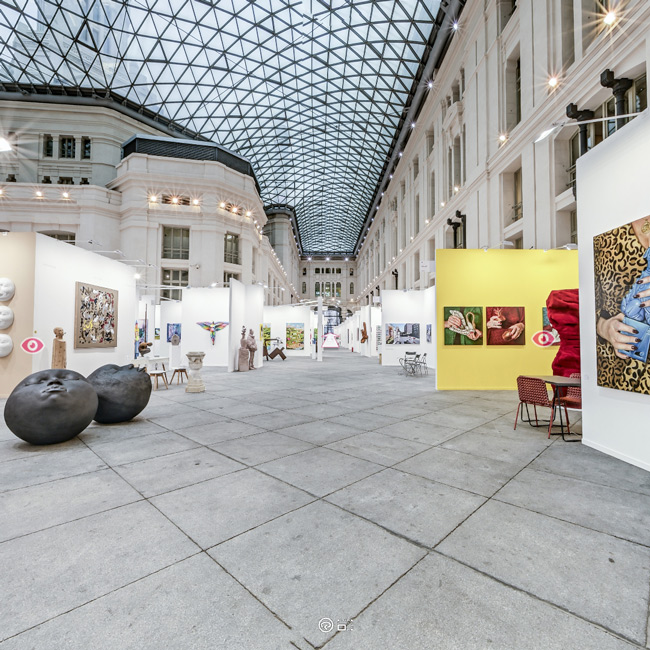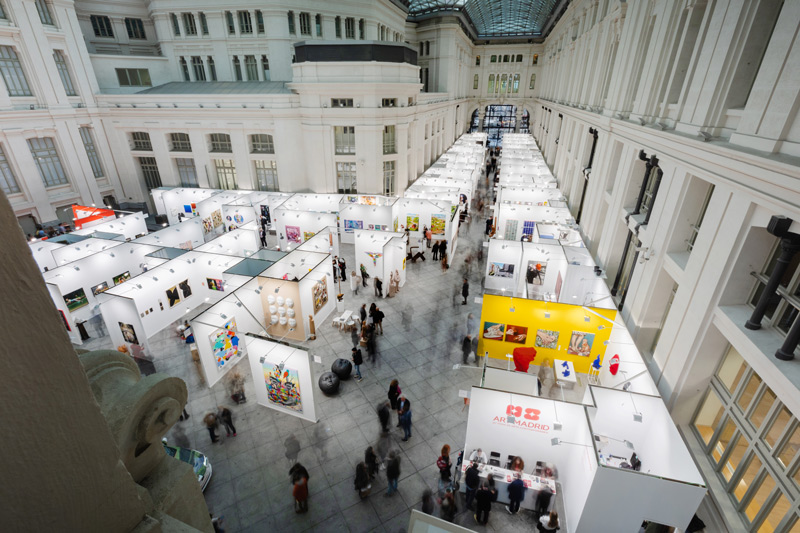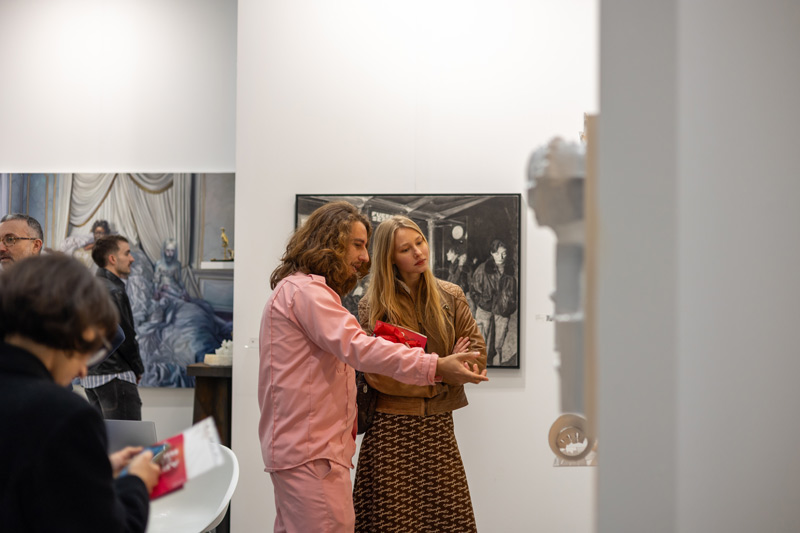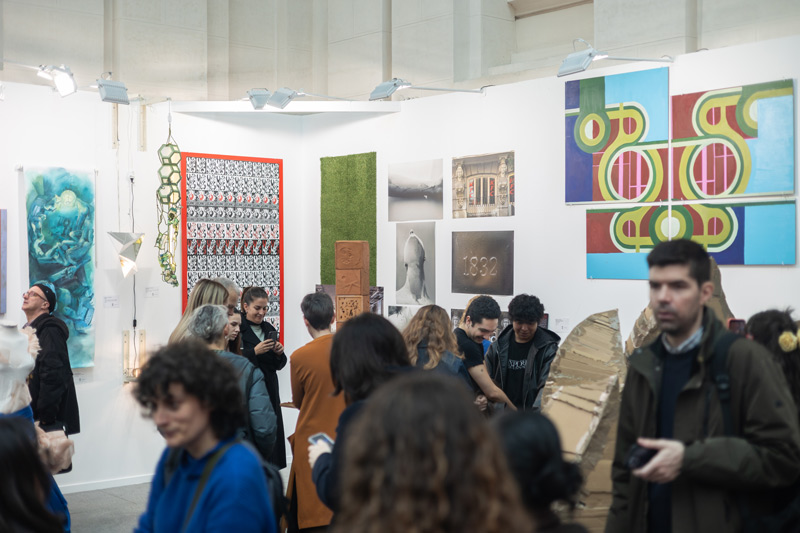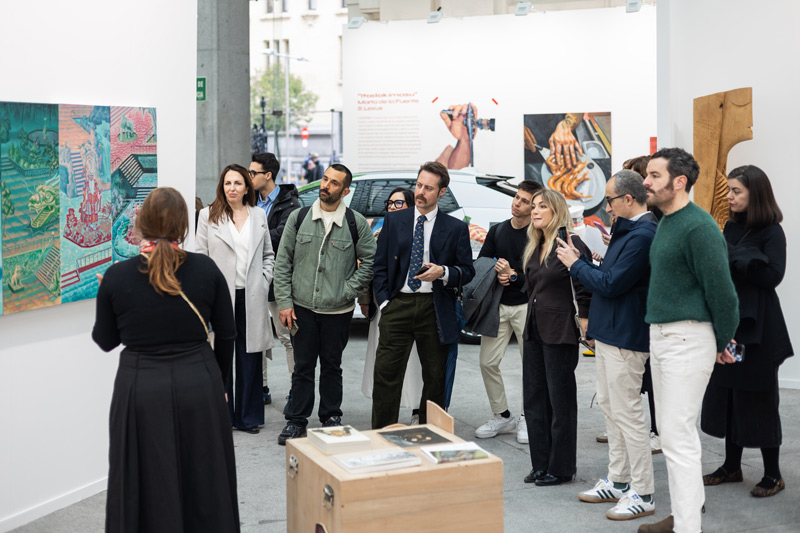ONE PROJECT’19: THE TRIUMPH OF COLOUR
Jan 29, 2019
art madrid
Contour Art Gallery, DDR Art Gallery, Granada Gallery, About Art, Flux Zone, RV Cultura e Arte and Víctor Lope Arte Contemporáneo
Colour becomes the main theme of the new One Project program. It is the guiding thread that unites the artworks in different conceptual and formal dialogues. Lucid narratives in which you can lose yourself entering a beginning that takes us to another new beginning and in which reality is camouflaged, transcended or subverted.
Once again Art Madrid presents the One Project program, conceived to support and promote young artists whose careers are in an initial or intermediate state. The project takes place in a curated proposal within the fair in which the works of the creators are presented in a solo show format while maintaining a unitary vision.
This year, one of the great updates of the program is the incorporation of Nerea Ubieto, art critic and curator who presents a new proposal led only by female artists. This choice, as stated by Ubieto, is based “on the eagerness to level an unstable balance in which female participation in art fairs is still today unfair”. Under the title "Ficciones, máscaras y paisajes: el color como telón de fondo", 7 artists feature specific proposals for the fair in which the international presence stands out and specifically, highlighting Latin American participation.
As the curator explains, the works invite us to build our own universes, because "through creation, we can get rid of the burdens that slow down the development of society, dissolve stereotypes, invent new ones, own what we want to change and, effectively, transform it. No limits are worth having, just more or less believable masks; only colour with a more or less positive charge”.
The worlds of Rūta Vadlugaitė, an artist represented by the Lithuanian Contour Art Gallery (Vilnius), are characterized by huge colour spots within a reduced palette. Her works are characterized by being compositions of resounding and minimal shapes because colour dominates everything. With a clear tendency towards blue tones, Vadlugaitė’s landscapes describe spaces that have a lot of abstraction, autobiography, intuition and rigour as Ubieto points out, defining them as "catapults of multiple psychological ideas" in which the artist’s states of mind are reflected as metaphors.
A deep interest in the large colour spots mark the paintings of the most abstract and gestural Virginia Rivas, artist who is represented by the online gallery DDR Art Gallery (Madrid). Rivas' emotional abstraction is characterized by expanded stories, by small revelations about experiences or personal thoughts that interrupt her compositions. Altogether, her paintings are like traces of interior worlds now exteriorized and exposed in a beautiful "letting go" manner. As the curator points out, Rivas invites us to travel through perhaps more intimate places, but possible even in the framework of a fair.
Also, Mara Caffarone’s work moves between the abstract and the gestural brushstroke, to which a marked sensory character is included. Represented by the Argentine Granada Gallery (Comuna), her work reflects on "the limits of perception and the need to identify what we observe”, explains Ubieto. From purely painting, Caffarone quickly jumps to the incorporation of extra-pictorial materials -especially plastics and air spray-, to video or installation. In fact, the proposal that will be presented at Art Madrid will include video, installation and painting in an artistic experience that will go far beyond the traditional and contemplative exhibition ways.
On the other hand, "the playful factor and the indomitable flexibility of the paintings" by Nuria Mora come to overflow any support, "as if the geometrized pigment were born from the bottom of the walls and collapsed by its cracks generating epidermal and cumulative layers", the curator explains. Represented by About Art Gallery (Lugo), Mora is one of the most outstanding artists of the so-called Post-Graffiti movement who, some time ago, has transferred her seductive organic and geometric shapes from the wall to the paper. However, as it could not be otherwise, these colourful shapes will again be insurgent and will exceed the limits of the imposed exhibition space boundaries.
Sofia Echeverri , who exhibits her works with the Flux Zone gallery (Mexico City), has a very particular way of expressing her stories. Echeverri begins with narratives in black and white, with a figurative and geometric tendency, which are updated and transcended through the introduction of the contrast of vivid colours such as magenta, green and blue. In general, behind this formal strategy, there is a conceptual criticism: "the colour contrast questions what we lose for what we prefer to keep says the artist". Art Madrid presents a selection of three of its most outstanding series: "Juegos prohibidos", "Trampland" and "Pedir la lluvia", series in which seduction, mystery and discomfort -even the sinister side, as Freud would say- compose stories that serve Echeverri to divide the reality.
Also, the subversive masks of Manuela Eichner are presented at One Project program. They are creations with which the artist reinterprets female prototypes and myths using collage as a fundamental technique in order to alter their meanings. Represented by the Brazilian gallery RV Cultura e Arte (Salvador), Eichner will introduce us to Art Madrid in a unique tropical jungle in which a catalogue of perturbations of the traditional female role is described. It is a visual rewriting work of with which it creates new paradigms, proposes new iconographies, where the provocation brings together icons of the mythological tradition with pornographic stereotypes and vegetable motives to reflect on "the domestication of the wild". Plants and women as main characters because, as Ubieto says, in both cases one can speak about "tamed bodies, subdued, reduced to mere decoration".
Alejandra Atarés also shares these claims who, represented by the gallery Víctor Lope Arte Contemporáneo (Barcelona), closes the One Project proposal with two of her main lines of work. On the one hand, she invites us to star in other people's lives looking through the colourful representation of women who turn their backs to us: they usually hide their face, absorbed by blurred horizons. On the other, also from her characteristic figurative shapes and full of colour motifs, she takes us to dreamlike landscapes in which "she breaks the rules of perspective and real space introducing us to fictitious paradises in which the inside and the outside are confused”. As the curator concurs, “colour expands, contaminates the environment and connects the seven proposals in a wave of freshness and vigour”.

